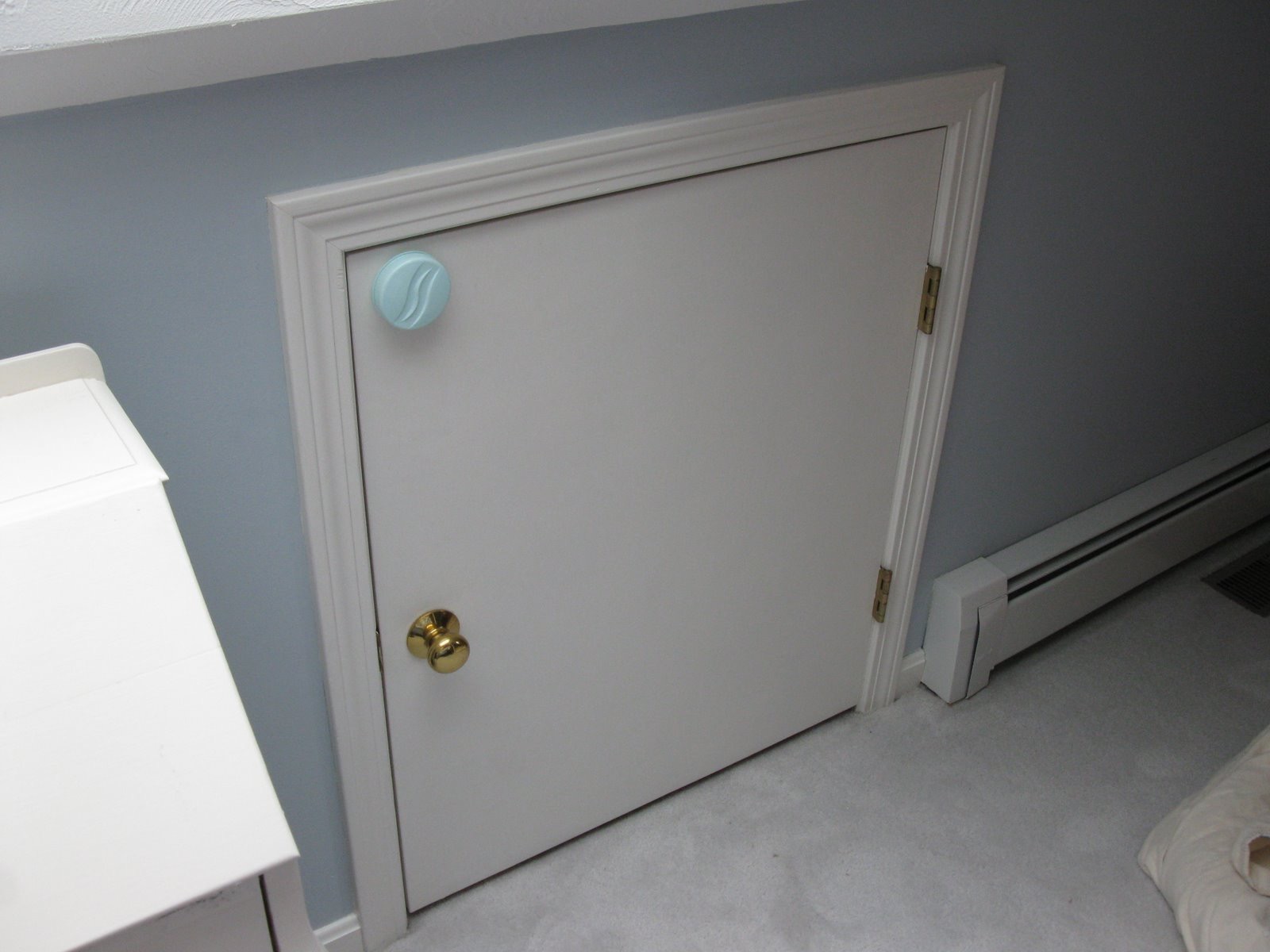

Articles
How To Secure Attic Door
Modified: October 18, 2024
Learn effective tips and techniques to secure your attic door and protect your home from unwanted intruders. Read our informative articles now!
(Many of the links in this article redirect to a specific reviewed product. Your purchase of these products through affiliate links helps to generate commission for Storables.com, at no extra cost. Learn more)
Introduction
Welcome to this comprehensive guide on how to secure your attic door. Your attic is a valuable storage space that can often go unnoticed when it comes to home security. However, securing your attic door is essential to protect your belongings and ensure the safety of your home. In this article, we will walk you through step-by-step instructions on reinforcing your attic door, installing a deadbolt lock, adding a security chain or latch, enhancing the locking mechanism, installing a motion-activated sensor, securing the attic door from the inside, and even installing an alarm system. By following these steps, you can greatly increase the security of your attic and gain peace of mind. Let’s get started!
Key Takeaways:
- Reinforce your attic door by assessing its condition, reinforcing the frame, and installing a deadbolt lock. These steps significantly improve the security of your home and provide peace of mind.
- Enhance your attic door’s security by adding a security chain or latch, upgrading the locking mechanism, and installing a motion-activated sensor. These measures create a comprehensive defense against potential intruders.
Read more: How To Hide An Attic Door
Step 1: Assessing the Existing Attic Door
The first step in securing your attic door is to assess its current condition. You need to examine the door frame, hinges, and the overall structure of the door. Look for any signs of damage or weakness that could potentially be exploited by intruders. If you notice any cracks, rot, or loose hinges, it’s important to address these issues before proceeding with the security enhancements.
Additionally, consider the type of material the door is made of. Attic doors are commonly made of wood, metal, or plastic. Each material has its own vulnerabilities and strengths. For example, a wooden door may be susceptible to rot and warping, while a metal door could rust over time. Understanding the limitations and vulnerabilities of your attic door’s material will help you choose the appropriate security measures.
Furthermore, you should evaluate the positioning of the attic door. Is it located in a secluded or easily accessible area? Are there any nearby structures, such as trees or tall fences, that could be used as means to access the attic? Identifying potential entry points and assessing the overall visibility of the attic door will assist you in determining the necessary security measures.
Finally, consider the surrounding environment. Are there any existing security systems, such as cameras or alarms, that cover the attic area? Utilizing and integrating your attic door security with the existing systems can provide a more comprehensive approach to protecting your home.
Once you have thoroughly assessed the condition of your attic door and its surroundings, you will be better equipped to proceed with the necessary reinforcements and security enhancements. In the next step, we will discuss how to reinforce the attic door frame to make it more resistant to forceful entry attempts.
Step 2: Reinforcing the Attic Door Frame
One of the most effective ways to secure your attic door is by reinforcing the door frame. A strong and sturdy frame will provide added resistance against forced entry. Here’s how you can reinforce the attic door frame:
- Inspect the existing frame: Start by examining the current door frame for any signs of damage or weaknesses. Look for cracks, rot, or other structural issues that could compromise its security.
- Repair or replace damaged parts: If you find any damage, it’s important to repair or replace those parts to ensure the integrity of the frame. Use wood filler to fill in cracks or holes, or consider replacing the frame if the damage is extensive.
- Strengthen the frame with metal braces: To reinforce the door frame, consider installing metal braces. These braces provide additional support and stability, making it more difficult for intruders to kick or force the door open. Measure the height and width of the door frame and purchase appropriate-sized metal braces from a hardware store. Secure the braces to the frame using screws or nails.
- Install a door jamb reinforcement plate: Another effective way to reinforce the door frame is by installing a door jamb reinforcement plate. This plate covers the area where the door latch and deadbolt are located, adding an extra layer of security. Simply align the plate with the existing holes and secure it with screws.
- Consider adding strike plates: Strike plates are metal plates that reinforce the area where the latch or deadbolt strikes the door frame. By installing a stronger and longer strike plate, you can further enhance the security of the attic door. Make sure to position the strike plate properly and secure it with screws.
Reinforcing the attic door frame is a crucial step in securing your attic. By making the frame more resistant to forced entry, you can significantly improve the overall security of your home. In the next step, we will discuss how to install a deadbolt lock on the attic door to provide an additional layer of security.
Step 3: Installing a Deadbolt Lock
A deadbolt lock is a fundamental component of securing your attic door. It provides an additional layer of security by adding a strong and reliable locking mechanism. Here’s how you can install a deadbolt lock on your attic door:
- Select a deadbolt lock: Choose a deadbolt lock that is suitable for your attic door. There are various types of deadbolt locks available, including single cylinder, double cylinder, and keyless entry options. Consider your specific needs and preferences when making your selection.
- Measure and mark the installation location: Determine the appropriate height and placement of the deadbolt lock on the door. Use a measuring tape to ensure accuracy, and mark the spot where the lock will be installed.
- Drill the necessary holes: Use a drill and the appropriate size drill bit to create the holes for the deadbolt lock. Typically, you will need to drill a hole for the lock cylinder and another hole for the bolt mechanism.
- Install the lock cylinder: Insert the lock cylinder into the designated hole from the exterior side of the door. Align it properly and secure it in place using screws or bolts provided with the lock.
- Install the bolt mechanism: Slide the bolt mechanism into the hole that you drilled on the door frame. Ensure it is properly aligned so that it can extend and retract smoothly.
- Test the deadbolt lock: Once the lock and bolt mechanism are installed, test the functionality of the deadbolt lock. Turn the key or activate the keyless entry system to lock and unlock the door. Make sure the lock engages and disengages smoothly and securely.
- Consider additional features: Some deadbolt locks come with advanced features such as anti-pick or anti-bump technology. These additional features can further enhance the security of your attic door.
By installing a deadbolt lock on your attic door, you add a reliable and strong locking mechanism that significantly improves the security of your home. In the next step, we will discuss how to add a security chain or latch for an extra layer of security and convenience.
Step 4: Adding a Security Chain or Latch
In addition to a deadbolt lock, adding a security chain or latch to your attic door can provide an extra layer of security and convenience. These devices allow you to partially open the door and communicate with someone outside without fully exposing yourself to potential threats. Here’s how you can add a security chain or latch:
- Choose the appropriate chain or latch: Select a security chain or latch that suits your needs. There are various options available, including traditional chains, slide bolts, and flip latches. Consider the material, durability, and ease of use when making your selection.
- Measure and mark the installation location: Determine the ideal height and placement for the security chain or latch on the door. Use a measuring tape to ensure accuracy, and mark the spots where the device will be installed.
- Drill pilot holes: Use a drill and the appropriate size drill bit to create pilot holes at the marked spots. These pilot holes will guide the installation of the screws or bolts.
- Attach the chain or latch: With the pilot holes in place, position the chain or latch over them and secure it with screws or bolts. Make sure it is properly aligned and firmly attached.
- Test the security chain or latch: Once the chain or latch is installed, test its functionality. Open and close the door partially using the security device to ensure it operates smoothly and securely.
Adding a security chain or latch to your attic door allows you to control access and communicate while maintaining a level of security. It’s an effective and convenient way to add an extra layer of protection to your home. In the next step, we will discuss enhancing the attic access door’s locking mechanism to further fortify its security.
Install a high-quality deadbolt or latch on the attic door to secure it against unauthorized access. Consider adding a motion-activated light to deter intruders.
Read more: How To Secure Balcony Door
Step 5: Enhancing the Attic Access Door Locking Mechanism
Enhancing the locking mechanism of your attic access door is another crucial step towards improving its security. By upgrading the lock, you can ensure that it provides maximum protection against potential intruders. Here’s how you can enhance the locking mechanism:
- Consider a high-security lock: Look for high-security locks specifically designed to withstand break-in attempts. These locks often come with additional features such as anti-drill, anti-pick, and anti-bump technology, making them much more resistant to common intrusion methods.
- Upgrade to a multi-point locking system: A multi-point locking system utilizes multiple points of contact to secure the door. Instead of relying on a single latch or deadbolt, these systems feature multiple bolts that engage with the frame, significantly enhancing the door’s resistance to forced entry.
- Install a digital keypad lock: Digital keypad locks offer convenience and security by allowing you to enter a unique code to unlock the door. These locks are ideal if you want to eliminate the need for keys and have the ability to easily change the code if needed.
- Consider a smart lock: Smart locks provide advanced security features and remote access control. With a smart lock, you can lock or unlock your attic access door using a smartphone or a connected device. Some smart locks also offer features like activity logs and virtual keys for added security.
- Reinforce the strike plate: Strengthening the strike plate is another way to enhance the locking mechanism. Upgrade to a heavy-duty strike plate or use longer screws to secure it to the door frame. This will make it more difficult for an intruder to force the door open.
By enhancing the attic access door’s locking mechanism, you add an additional layer of security that can significantly deter potential intruders. Assess your specific needs and choose the best locking mechanism upgrade for your attic door. In the next step, we will discuss how to install a motion-activated sensor to detect any movement near your attic area.
Step 6: Installing a Motion-Activated Sensor
Installing a motion-activated sensor near your attic area can greatly enhance the security of your home by alerting you to any movement in the vicinity. This not only acts as a deterrent but also provides you with an early warning system. Here’s how you can install a motion-activated sensor:
- Select a motion-activated sensor: Choose a sensor that is designed for outdoor use and has adjustable sensitivity settings. Look for features like infrared technology, wide detection range, and weatherproof construction.
- Determine the ideal location: Identify the best location for the sensor near your attic access area. Consider areas of potential vulnerability and strategic points where an intruder would likely pass through.
- Position and mount the sensor: Install the motion-activated sensor according to the manufacturer’s instructions. This typically involves mounting the sensor to a wall or post using screws or brackets provided with the sensor.
- Adjust the sensitivity: Configure the sensitivity settings of the sensor based on your specific needs. You can typically adjust the sensitivity to avoid false alarms triggered by small animals or moving foliage.
- Connect the sensor to a monitoring system: If desired, connect the motion-activated sensor to a monitoring system or security hub. This will allow you to receive notifications or alerts when motion is detected near your attic area.
- Test the sensor: Once the sensor is installed, test its functionality by walking in the monitored area. Confirm that it detects motion accurately and triggers any connected devices or alarms.
Installing a motion-activated sensor near your attic area can provide an additional layer of security by detecting any unauthorized movement. Whether you choose to connect it to a monitoring system or simply rely on its standalone alert system, a motion sensor is an effective security enhancement. In the next step, we will discuss securing the attic door from the inside to further fortify its protection.
Step 7: Securing the Attic Door from the Inside
In addition to reinforcing and enhancing the exterior of your attic door, it’s important to secure it from the inside as well. This step ensures that even if an intruder manages to gain access to the attic, they will be unable to open the door and enter your living space. Here’s how you can secure the attic door from the inside:
- Install a door barricade or brace: Consider installing a door barricade or brace on the inside of the attic door. This device reinforces the door by preventing it from being forced open. It typically consists of a sturdy metal bar that is anchored to the floor or adjacent wall.
- Use a slide bolt or door chain: Installing a slide bolt or door chain on the inside of the attic door can provide an extra layer of security. These devices allow you to partially open the door while still preventing full access. They are especially useful if you need to communicate with someone outside while maintaining security.
- Secure the hinges: Reinforce the hinges of the attic door to make them more resistant to manipulation. Consider using longer screws or adding hinge pins that cannot be easily removed from the outside.
- Consider adding a peephole or window: Installing a peephole or small window on the attic door allows you to see who is on the other side without fully opening the door. This can help you identify visitors or potential threats before granting access.
- Keep the attic door locked: Make it a habit to keep the attic door locked at all times, especially when you are away from home or during periods of extended absence. This simple step can significantly deter potential intruders.
By securing the attic door from the inside, you create an extra layer of protection that prevents unauthorized access to your living space, even if the attic itself is breached. These interior security measures work in conjunction with the exterior enhancements to provide comprehensive attic door security. In the final step, we will discuss the installation of an alarm system to further safeguard your attic and home.
Step 8: Installing an Alarm System
Installing an alarm system is the final step in securing your attic and providing comprehensive home security. An alarm system not only acts as a deterrent but also alerts you and authorities to potential intrusions. Here’s how you can install an alarm system for your attic:
- Choose a suitable alarm system: Select an alarm system that is designed to include attic security. Look for systems that offer window and door sensors, motion detectors, and potentially a central control panel for easy monitoring and control.
- Decide on wired or wireless: Determine whether you want a wired or wireless alarm system. Wired systems require professional installation and are typically more reliable, while wireless systems offer easier installation and flexibility.
- Install the sensors: Place window and door sensors on the attic door and any accessible windows to detect any unauthorized entry attempts. Position motion detectors strategically to cover the attic area effectively.
- Connect the alarm system to a monitoring service: Consider connecting your alarm system to a professional monitoring service. This service will receive alerts from your system and can dispatch authorities if necessary.
- Install a visible alarm system sign: Place a sign or sticker near your attic door to alert potential intruders that your home is protected by an alarm system. This can act as a deterrent and discourage break-in attempts.
- Test the alarm system: Once the alarm system is installed, test it to ensure that all sensors are functioning correctly and that the connection to the monitoring service is established. Regularly test the system to ensure its continued effectiveness.
Installing an alarm system is a proactive measure to protect your attic and overall home security. It provides added peace of mind, knowing that your attic is monitored and any potential intrusions will be detected and responded to swiftly. With the alarm system in place, you can rest assured that your attic is well-guarded against unauthorized access.
With these eight steps, you have learned how to secure your attic door comprehensively. By assessing the existing door, reinforcing the frame, installing a deadbolt lock, adding a security chain or latch, enhancing the locking mechanism, installing a motion-activated sensor, securing the attic door from the inside, and installing an alarm system, you have significantly improved the security of your attic and your home as a whole.
Remember to regularly assess and maintain the security measures you have implemented and stay vigilant in ensuring the safety of your attic. By doing so, you can protect your valuable belongings and create a secure environment for you and your family.
Read more: How To Secure A Patio Door
Conclusion
Securing your attic door is a crucial part of ensuring the safety and security of your home. By following the eight steps outlined in this comprehensive guide, you have learned how to protect your attic from potential intrusions and unauthorized access. Let’s recap the steps:
- Assess the existing attic door to identify any vulnerabilities
- Reinforce the attic door frame to make it more resistant to forced entry
- Install a deadbolt lock for a strong and reliable locking mechanism
- Add a security chain or latch for convenient partial door opening and added security
- Enhance the attic access door’s locking mechanism with high-security options
- Install a motion-activated sensor to detect any movement near the attic
- Secure the attic door from the inside with barricades, latches, and reinforcements
- Install an alarm system to provide comprehensive attic and home security
By implementing these steps, you have taken significant measures to protect your attic and enhance the overall security of your home. However, it is essential to remember that security is an ongoing process. Regularly assess and maintain your security measures, and stay informed about new advancements in home security technology.
Additionally, it’s crucial to consider other aspects of home security, such as outdoor lighting, surveillance cameras, and maintaining a vigilant neighborhood watch. These measures work in conjunction with securing the attic door to create a comprehensive home security system.
Investing time and effort in securing your attic door not only protects your valuable belongings stored in your attic but also contributes to the overall safety and peace of mind for you and your family. By following the steps outlined in this guide, you have taken a proactive approach to home security. Enjoy the reassurance of a well-protected attic and the peace of mind that comes with it.
After securing your attic door effectively, considering broader safety measures for your entire dwelling is a wise next step. Our detailed guide on why home protection is vital will walk you through essential strategies to safeguard your property. From preventing break-ins to ensuring peace of mind, understanding the fundamentals of home security systems can make all the difference. Don't miss out on expert insights that could fortify your home against potential threats.
Frequently Asked Questions about How To Secure Attic Door
Was this page helpful?
At Storables.com, we guarantee accurate and reliable information. Our content, validated by Expert Board Contributors, is crafted following stringent Editorial Policies. We're committed to providing you with well-researched, expert-backed insights for all your informational needs.
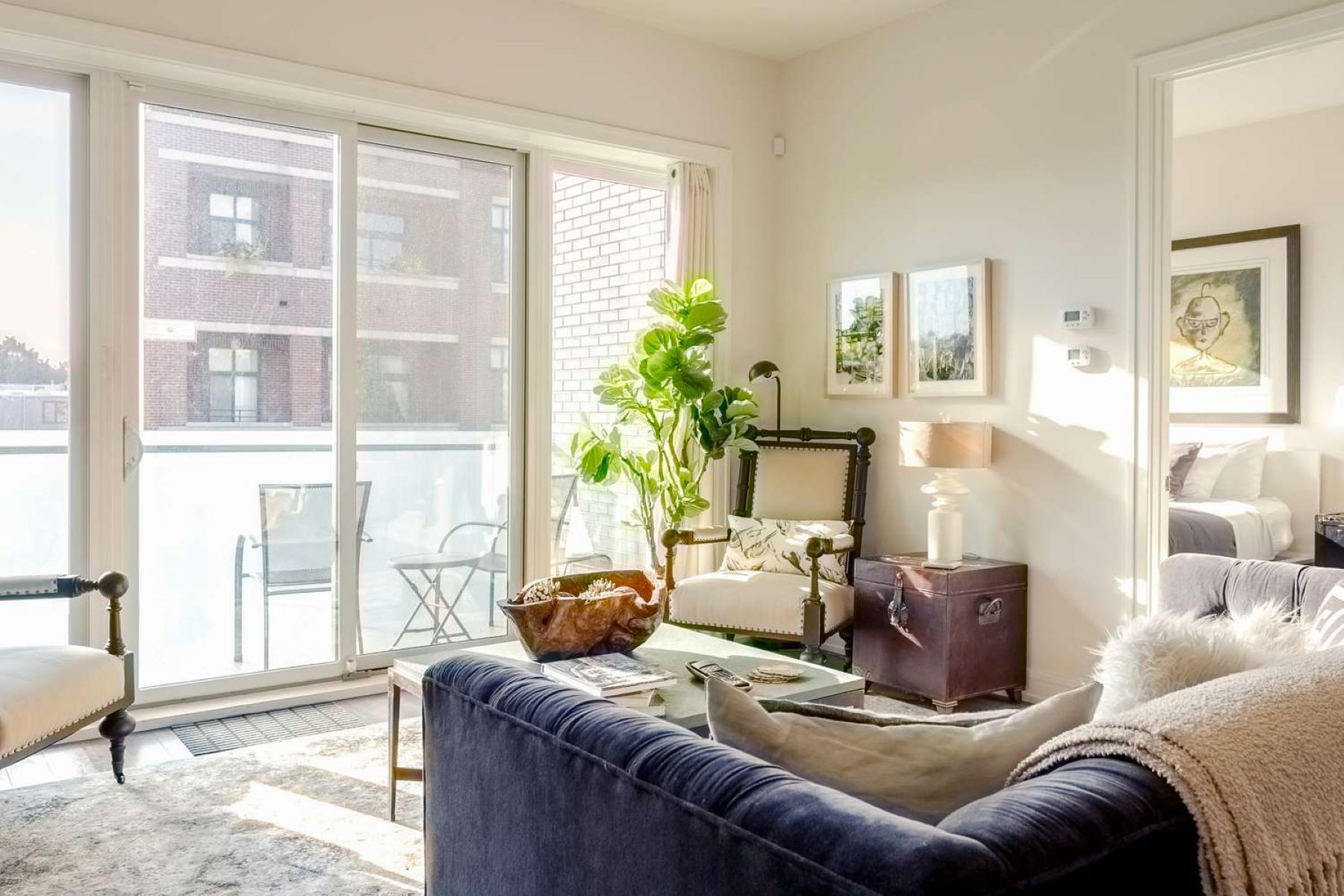
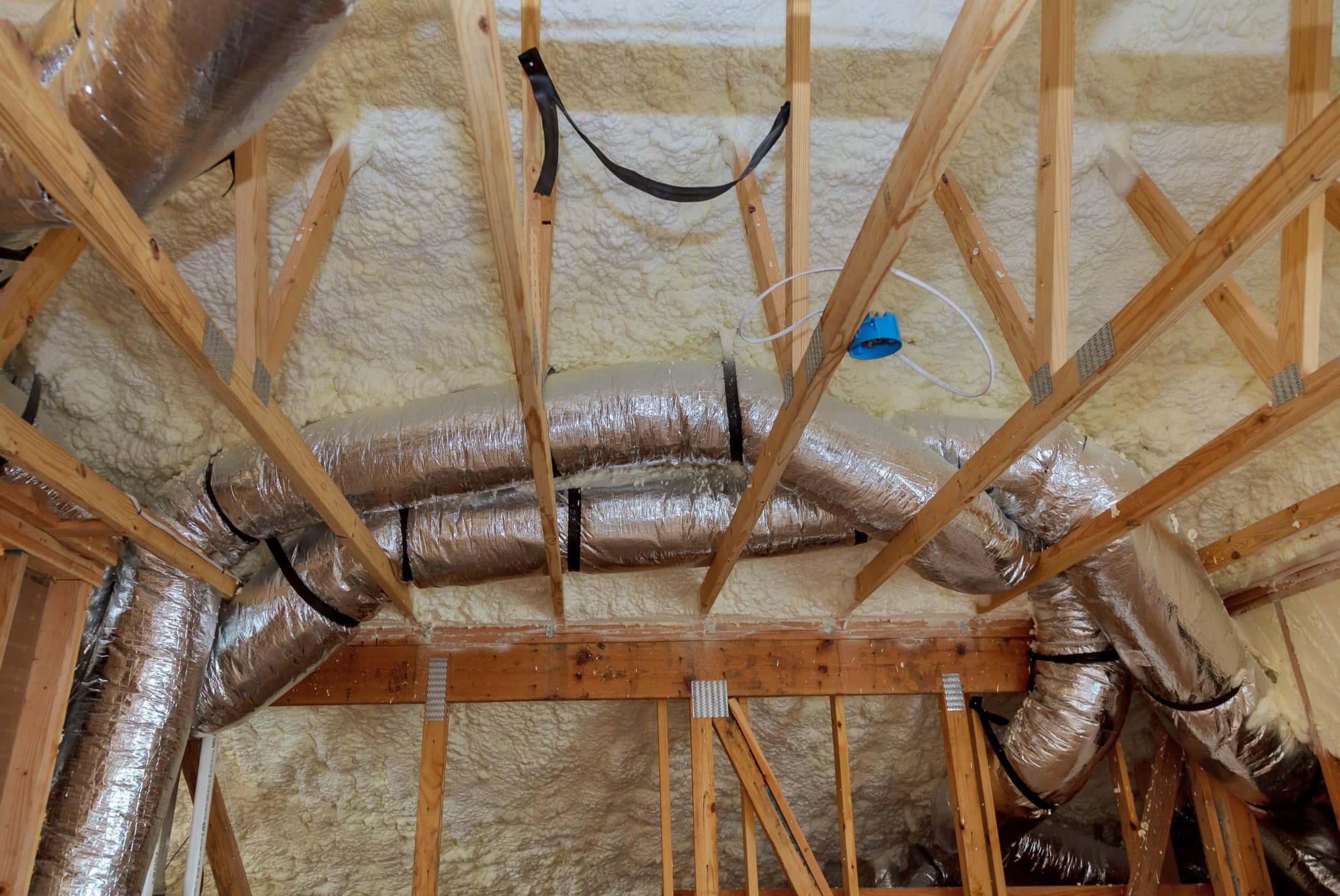
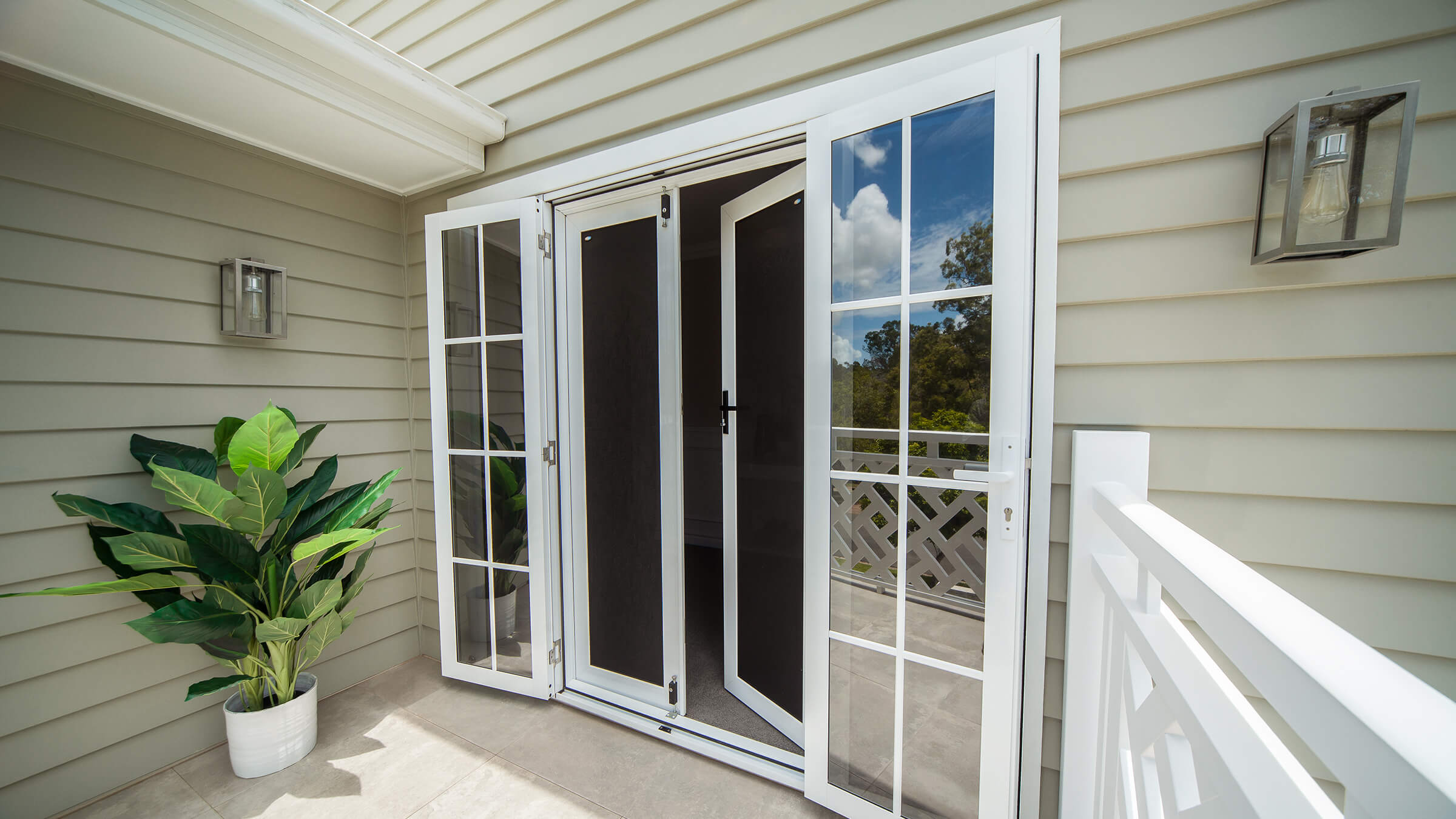
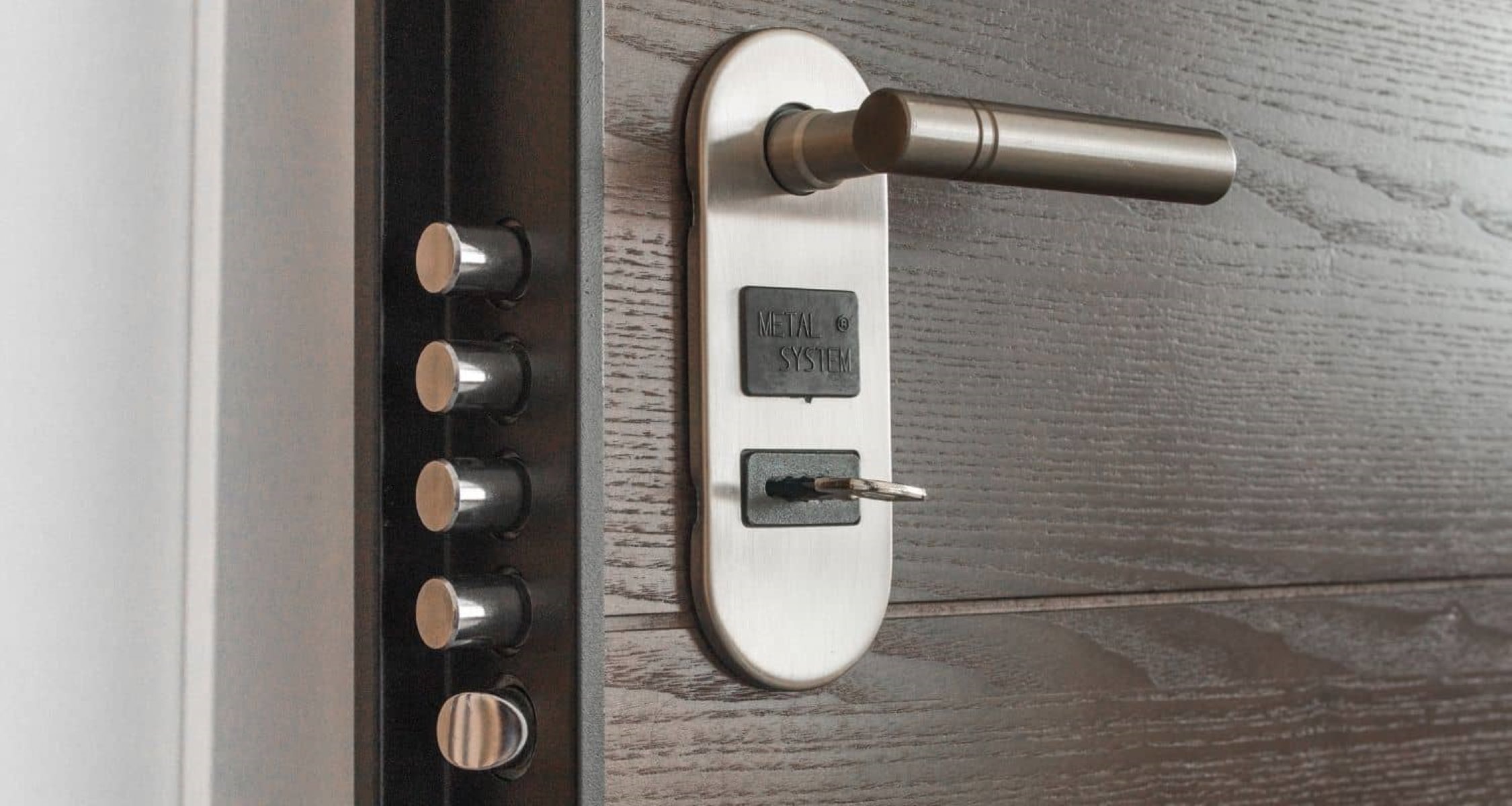
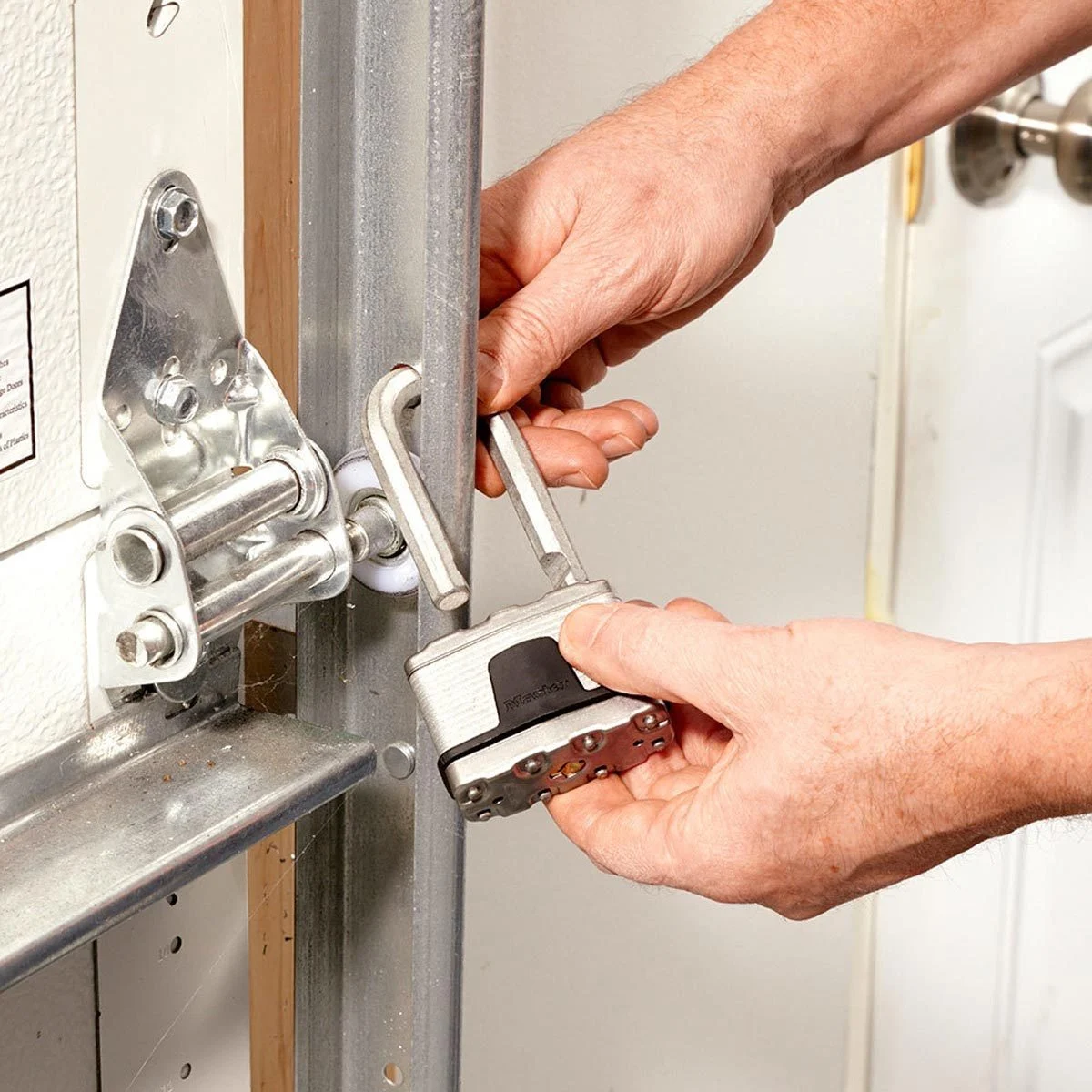
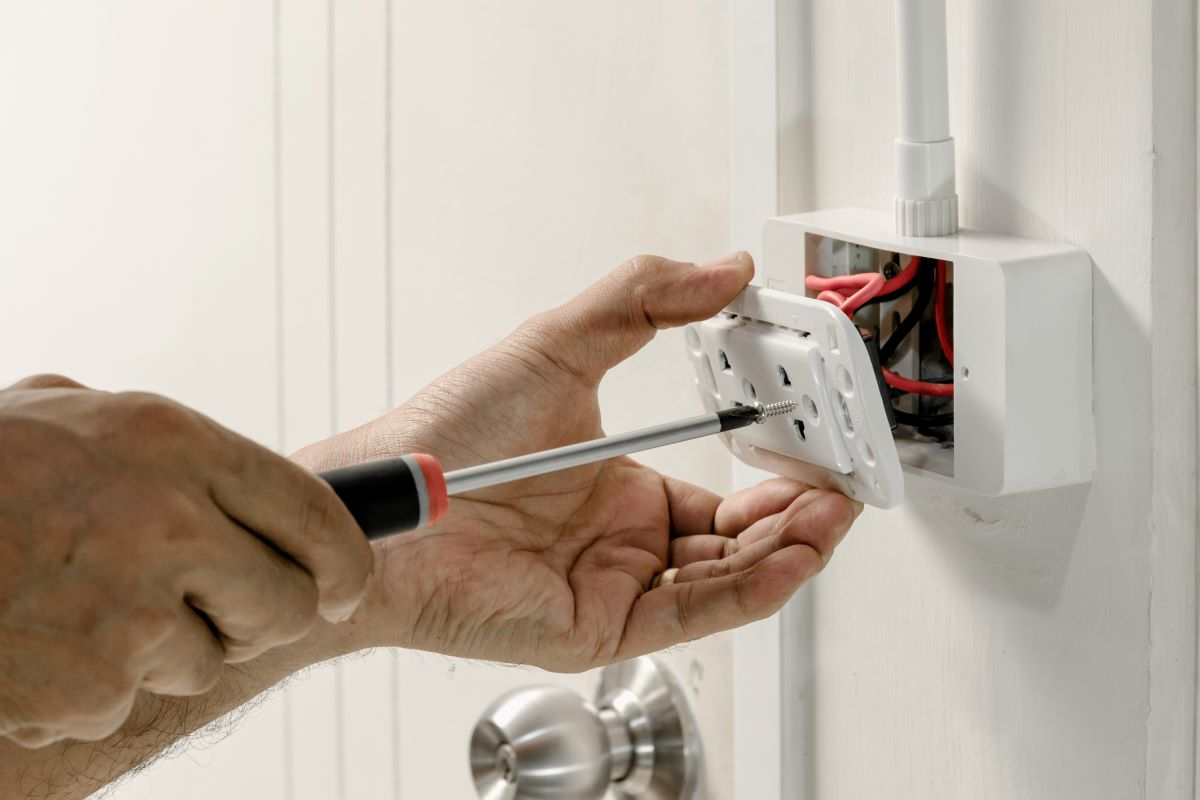
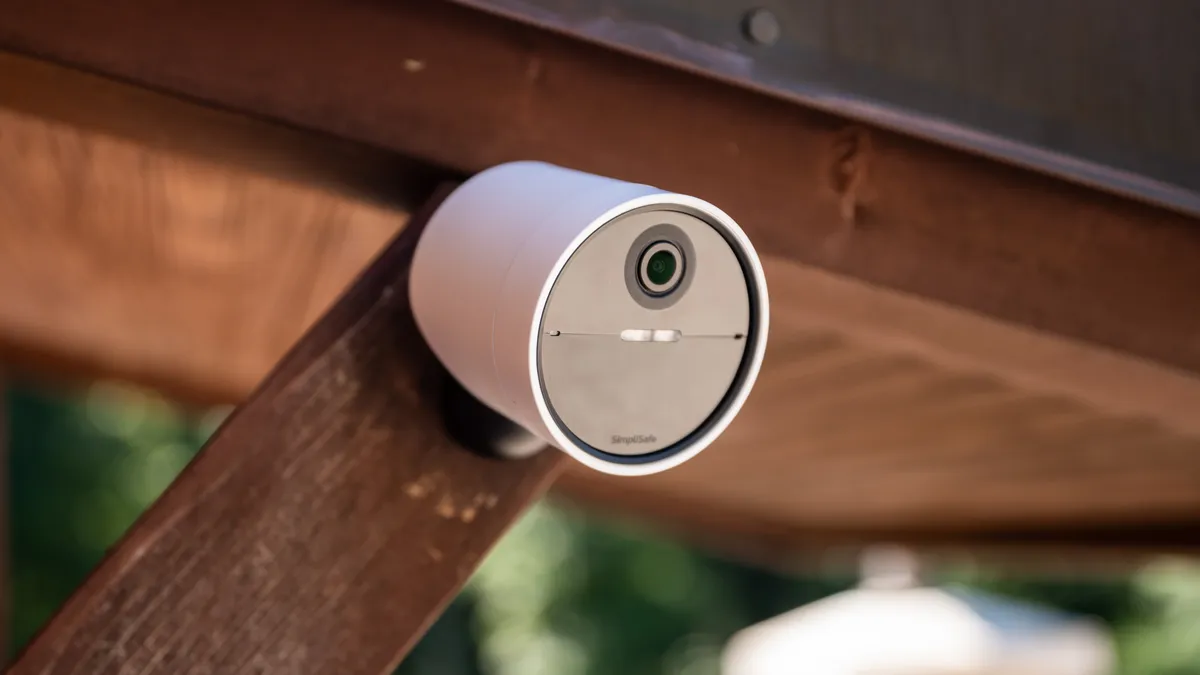
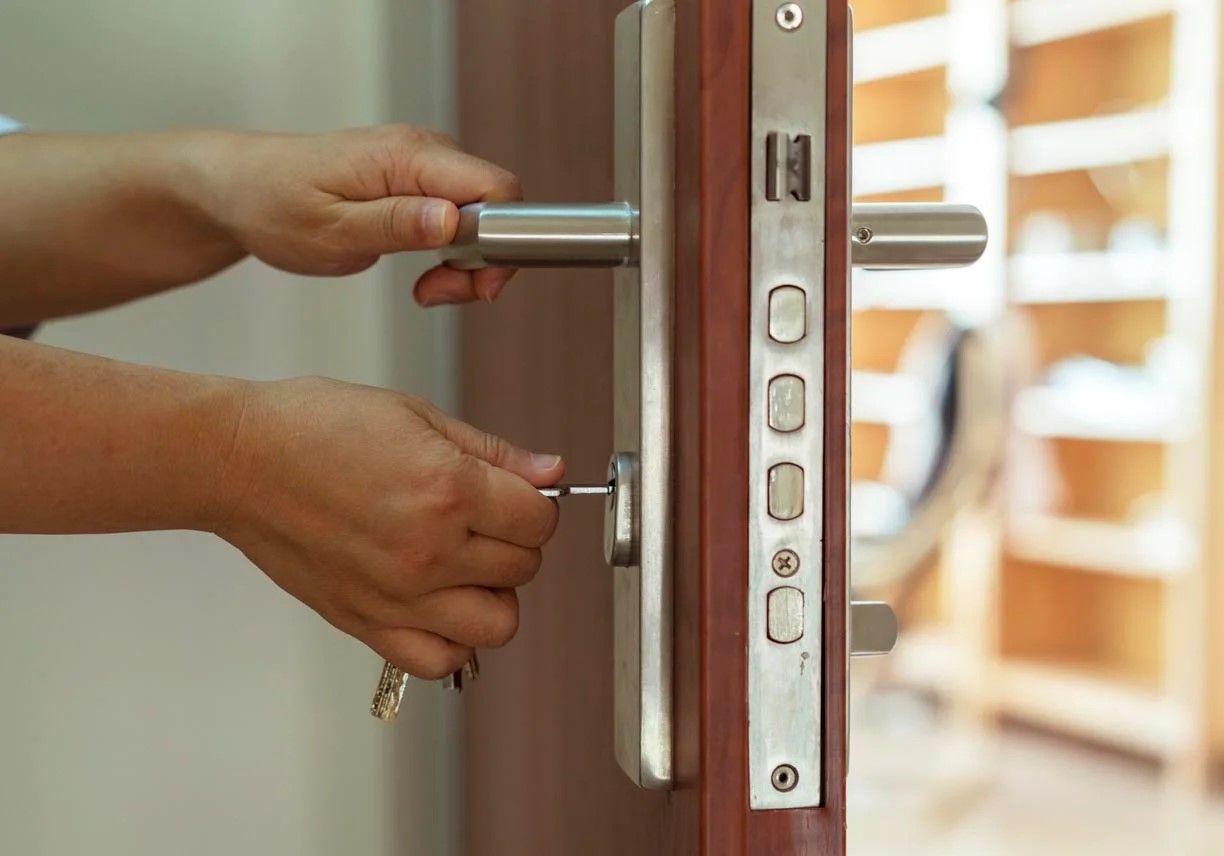
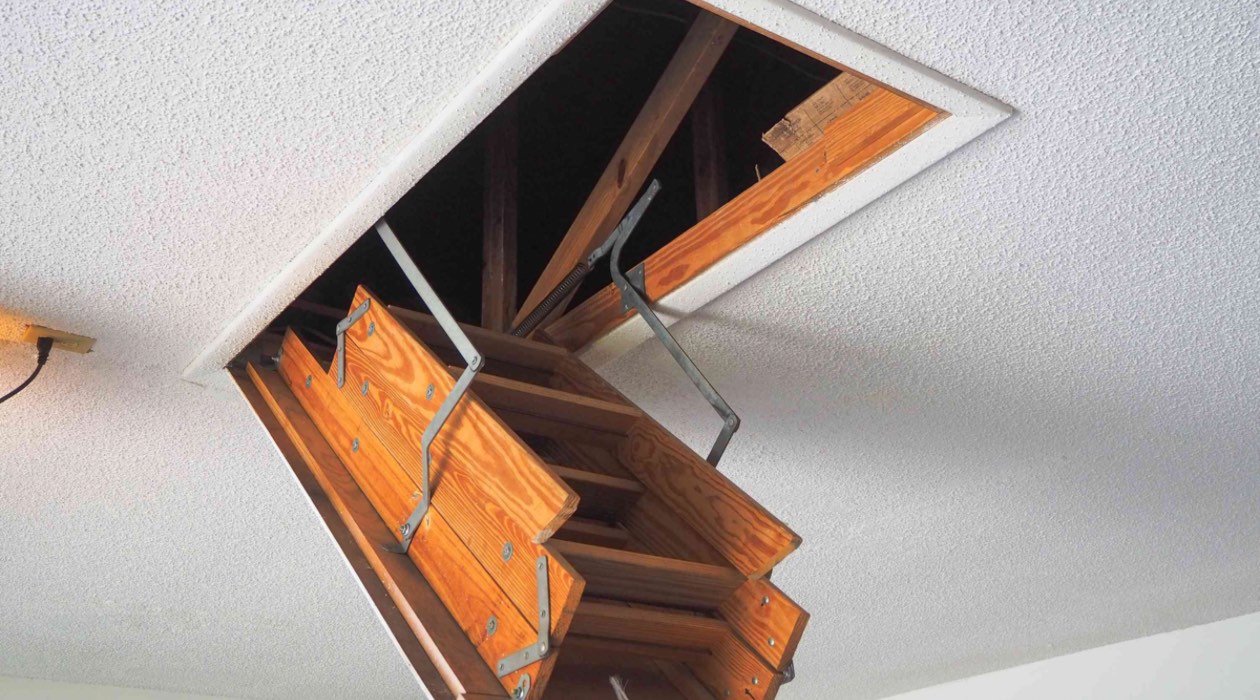
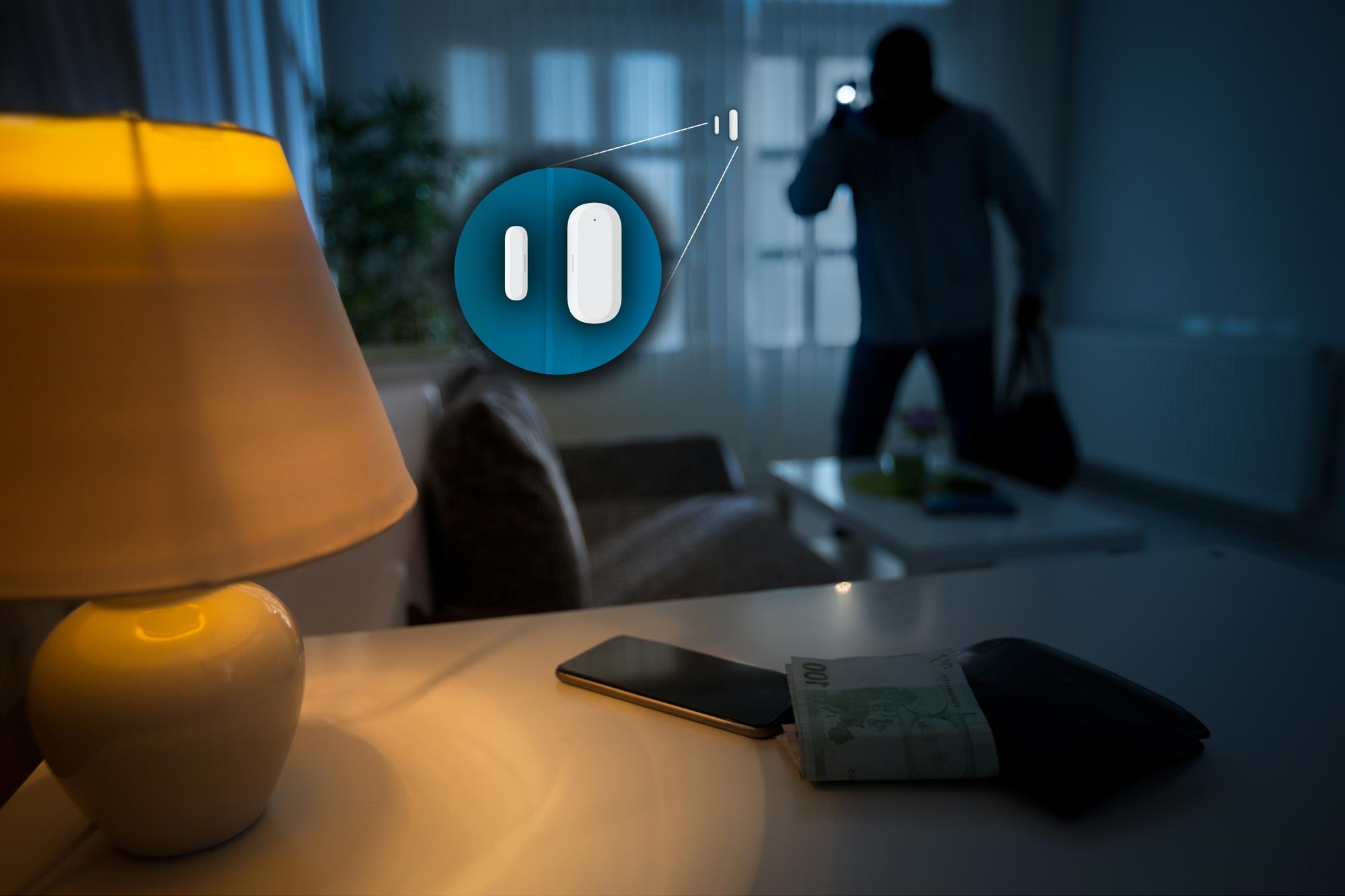
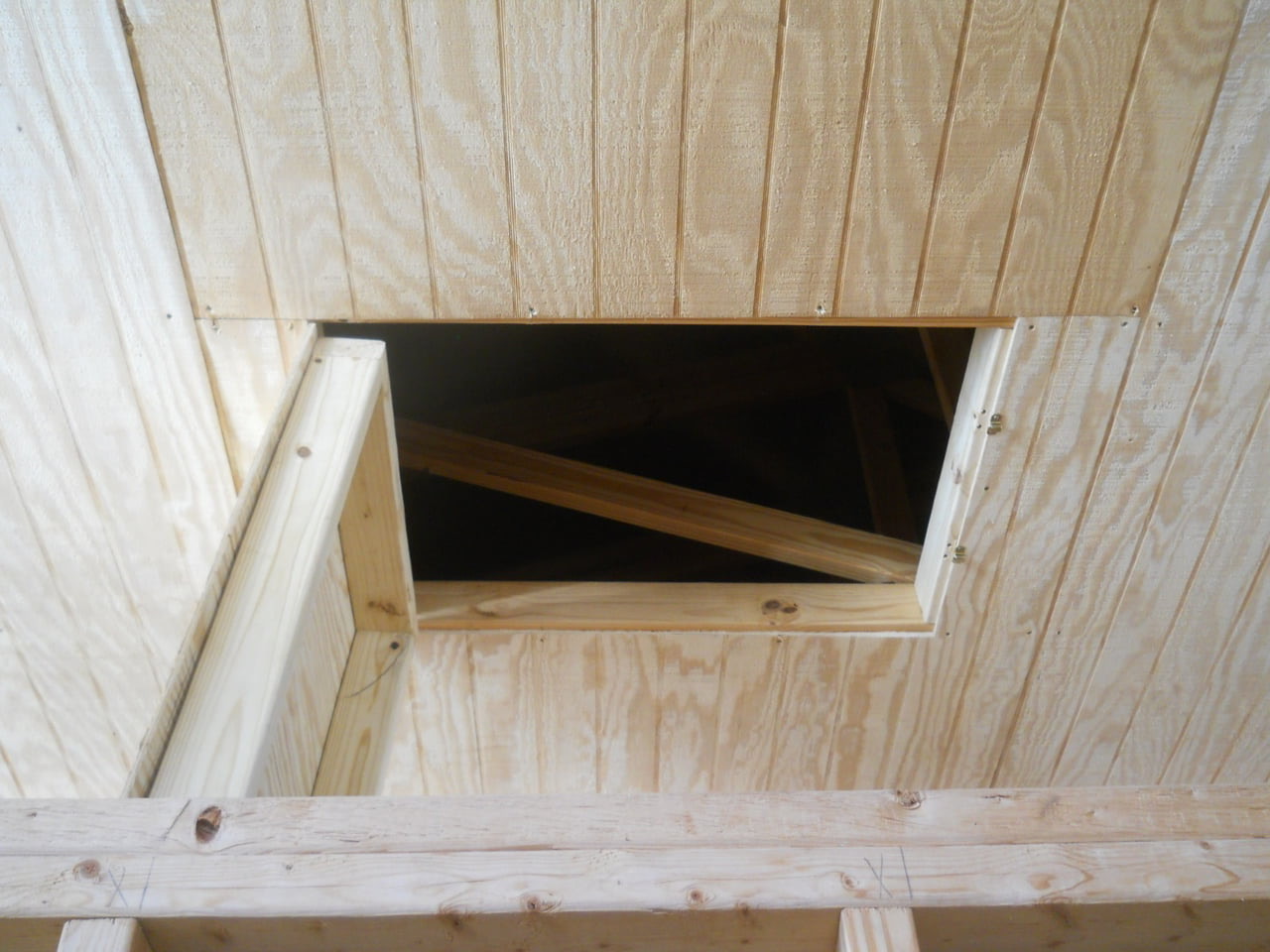

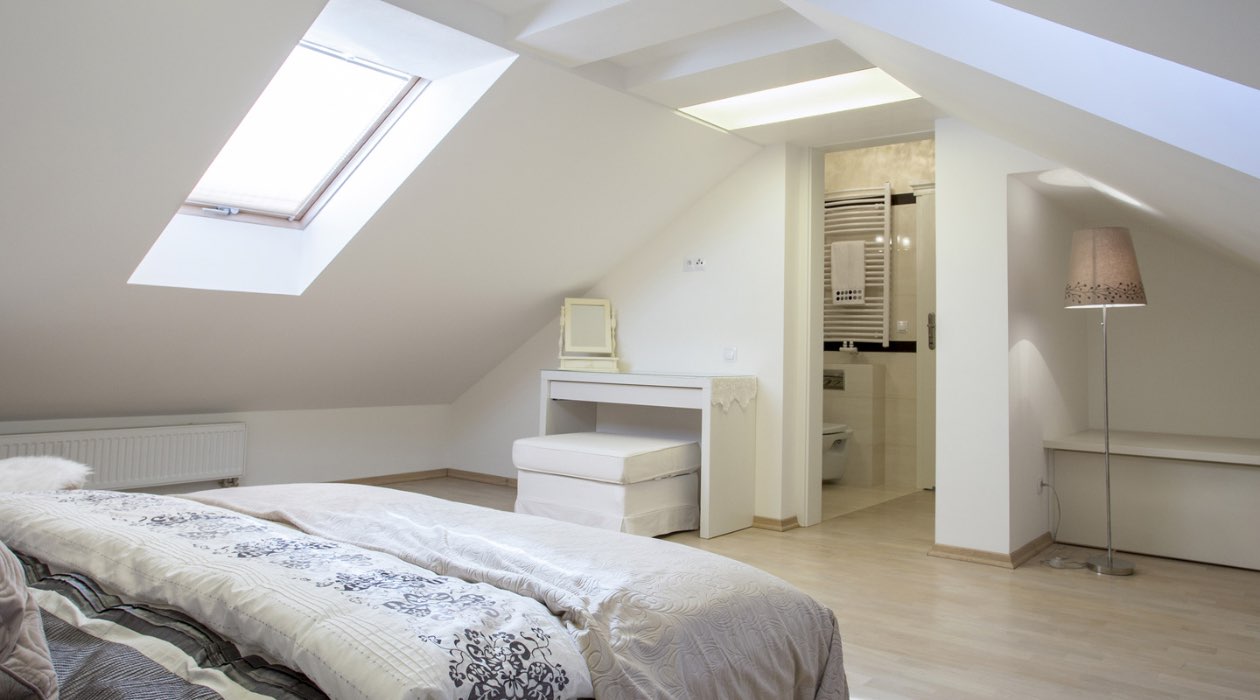

0 thoughts on “How To Secure Attic Door”